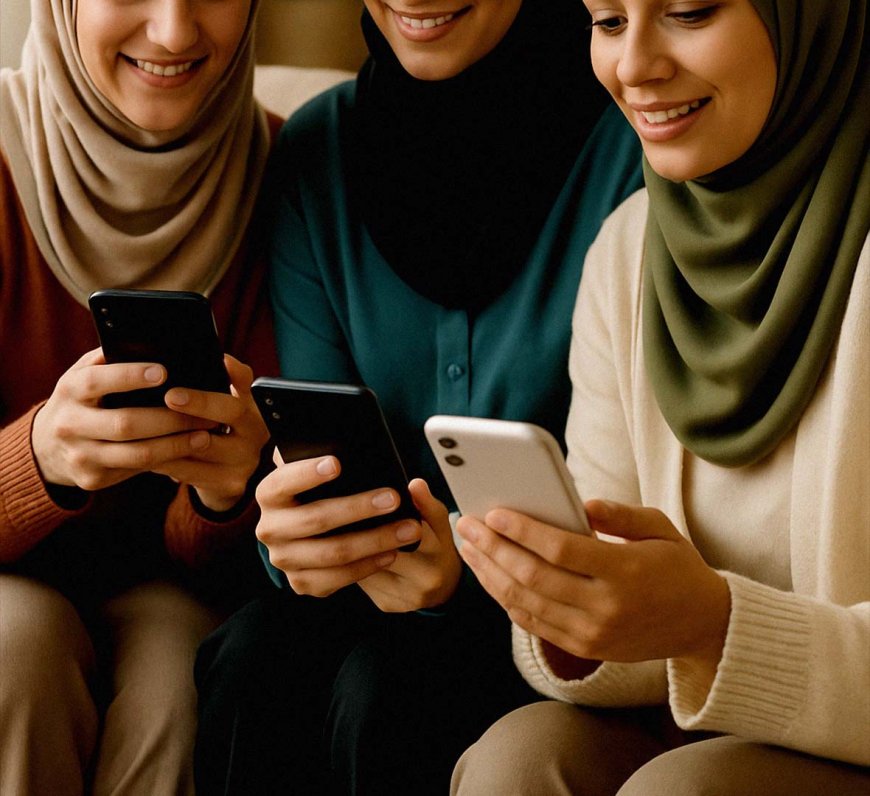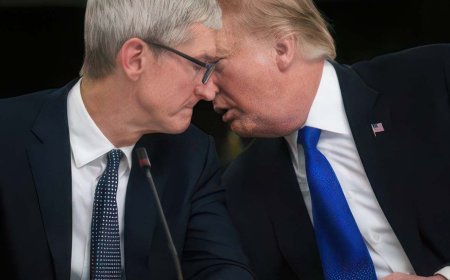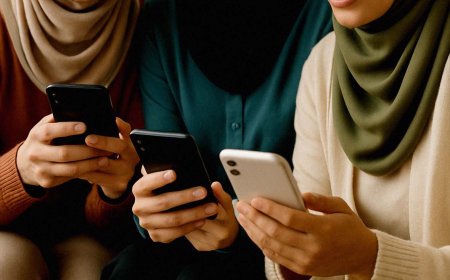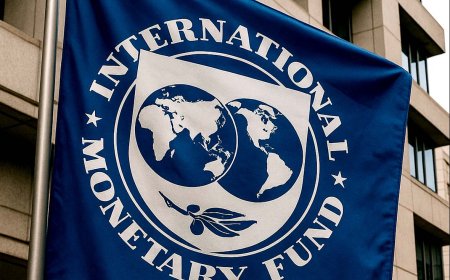Pakistan Sees Surge in Women's Mobile Internet Usage – GSMA 2025 Report
The GSMA Mobile Gender Gap Report 2025 reveals a major rise in women’s mobile internet adoption in Pakistan. Despite progress, affordability, digital skills, and social norms still present key challenges.

In a significant step toward closing the gender digital divide, Pakistan has recorded a major surge in mobile internet adoption among women, according to the GSMA Mobile Gender Gap Report 2025. This marks a pivotal moment for the country, where access to technology for women has historically been limited by affordability, digital literacy, and entrenched social norms.
Key Insights from the GSMA Report 2025
The report highlights a notable rise in the number of women in Pakistan using mobile internet, signaling an upward trend in digital inclusion. While the pace of adoption is promising, the report also underscores that millions of Pakistani women are still digitally excluded—not due to lack of interest, but due to systemic barriers.
Growth in Usage
Pakistan has seen one of the fastest increases in female mobile internet usage in South Asia over the past year. Women are increasingly accessing social media, e-commerce platforms, digital banking, and online education portals. This digital engagement is gradually reshaping societal dynamics, offering more autonomy and opportunities to women than ever before.
Implications of the Surge in Digital Access
Economic Empowerment
Mobile internet is unlocking new income-generating avenues for women—from launching online businesses to participating in remote freelance work. This empowerment contributes directly to household income and national economic growth.
Educational Access
With mobile connectivity, women and girls now have better access to e-learning platforms, digital literacy tools, and virtual classrooms. This is helping bridge education gaps, particularly in rural and underserved areas.
Health & Well-being
From telemedicine to mental health support apps, mobile internet is enabling women to access critical healthcare resources—many for the first time. This digital connection is proving essential for maternal care, reproductive health, and wellness education.
Challenges Still Holding Women Back
Despite the progress, the GSMA report emphasizes that the digital gender gap in Pakistan is far from closed.
-
Affordability: High costs of mobile devices and data packages are pricing out millions of women, especially in rural and low-income communities.
-
Digital Literacy: A large segment of women lack basic digital skills, making it difficult to fully benefit from internet connectivity.
-
Cultural & Social Norms: Deep-rooted gender roles, family restrictions, and safety concerns continue to act as barriers to women’s online presence.
What’s Being Done: Initiatives & Policies
To combat these challenges, both government bodies and NGOs are stepping up their efforts:
-
Subsidized Internet Access: Pilot programs are distributing low-cost smartphones and offering subsidized data packages tailored for women.
-
Digital Skills Training: NGOs and community organizations are launching digital literacy workshops to teach women how to use online platforms safely and effectively.
-
Gender-Inclusive Policies: Policymakers are beginning to draft gender-focused digital inclusion frameworks to make internet access safer, cheaper, and more equitable for women across the country.
The Bigger Picture
Pakistan’s progress in this space isn’t just a national success—it’s a regional model. As one of the key countries identified in GSMA's report, Pakistan’s advancements in closing the mobile gender gap demonstrate that targeted policies, awareness campaigns, and community support can drive digital equity in even the most challenging environments.
-
What's Your Reaction?











































































































